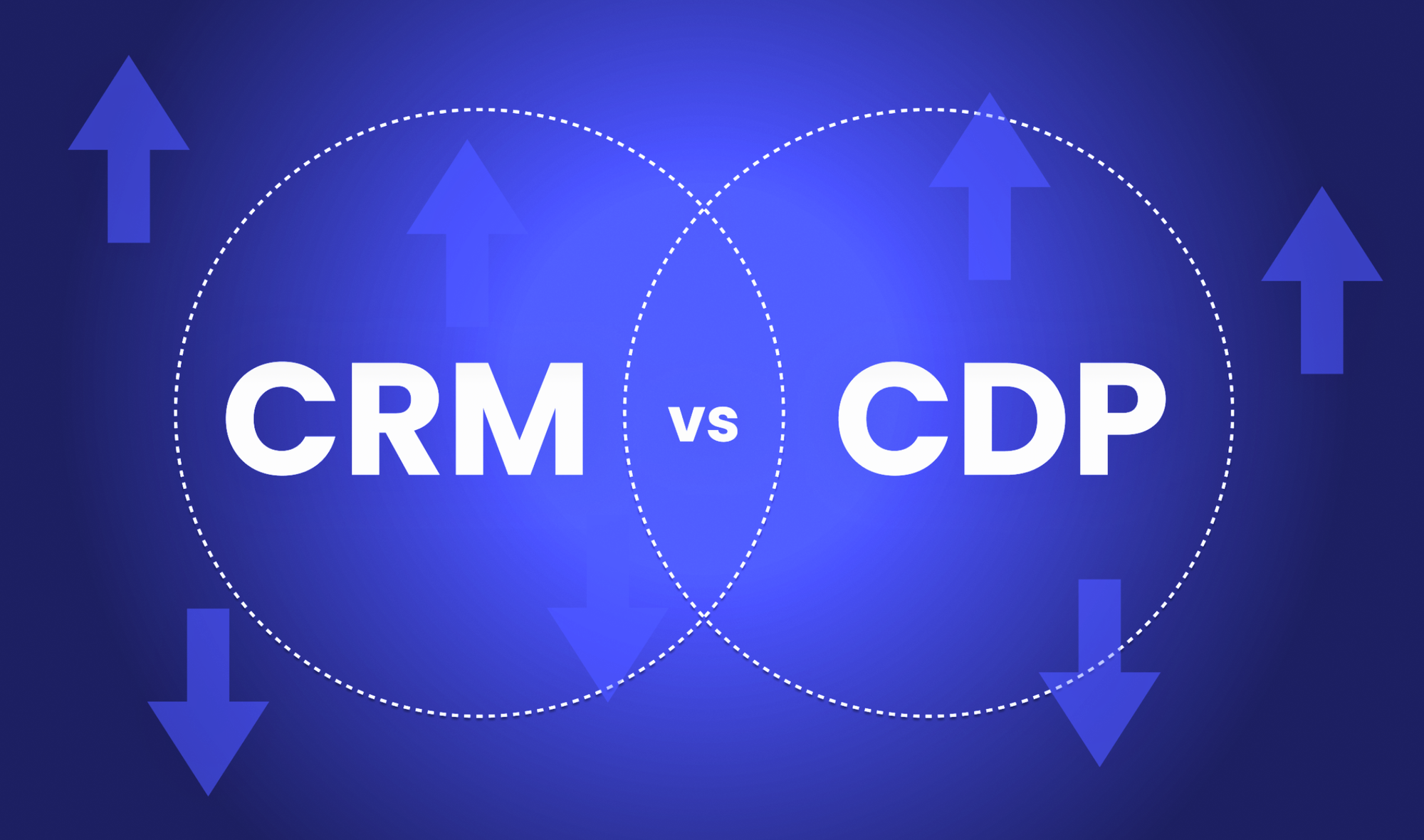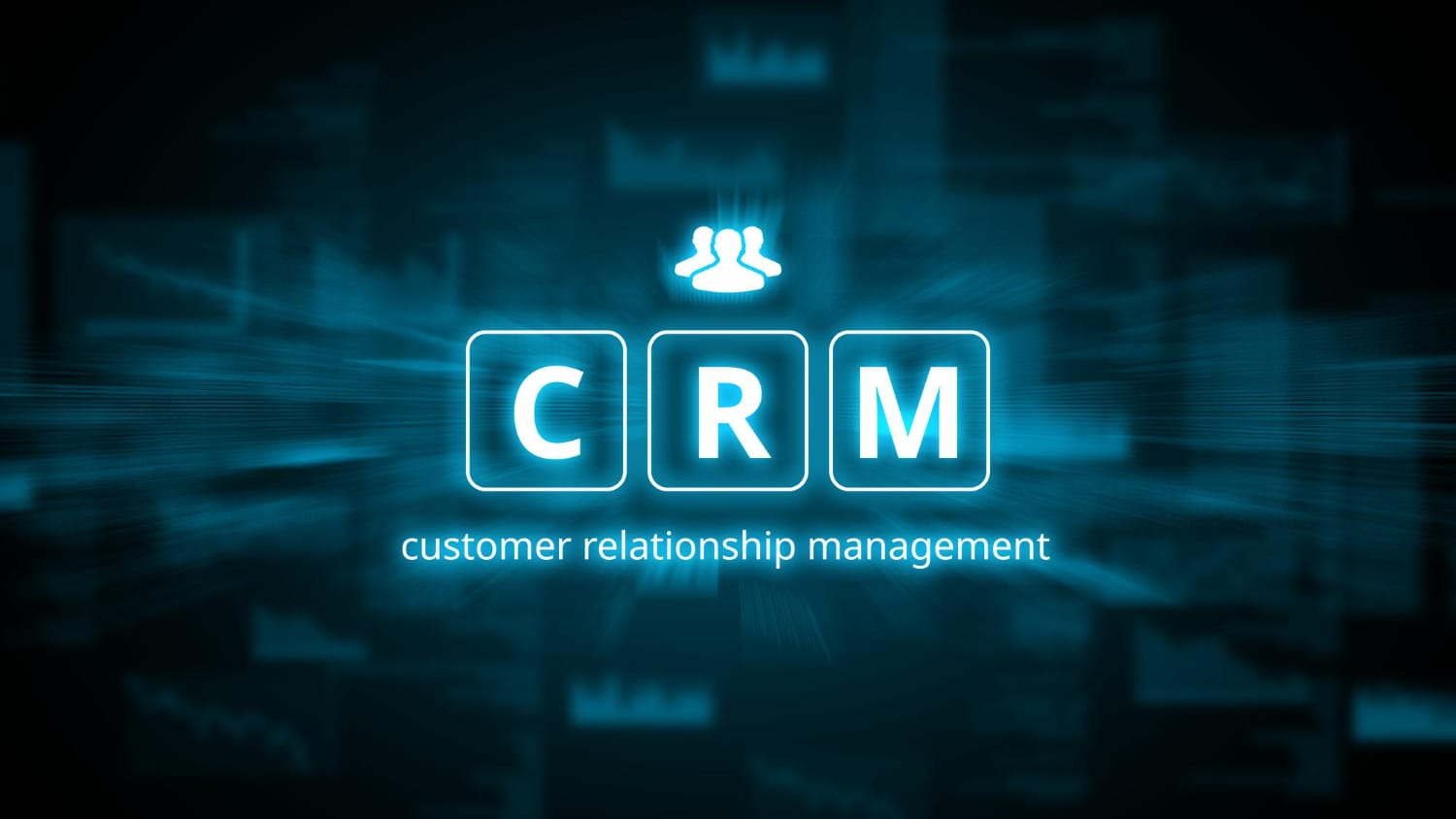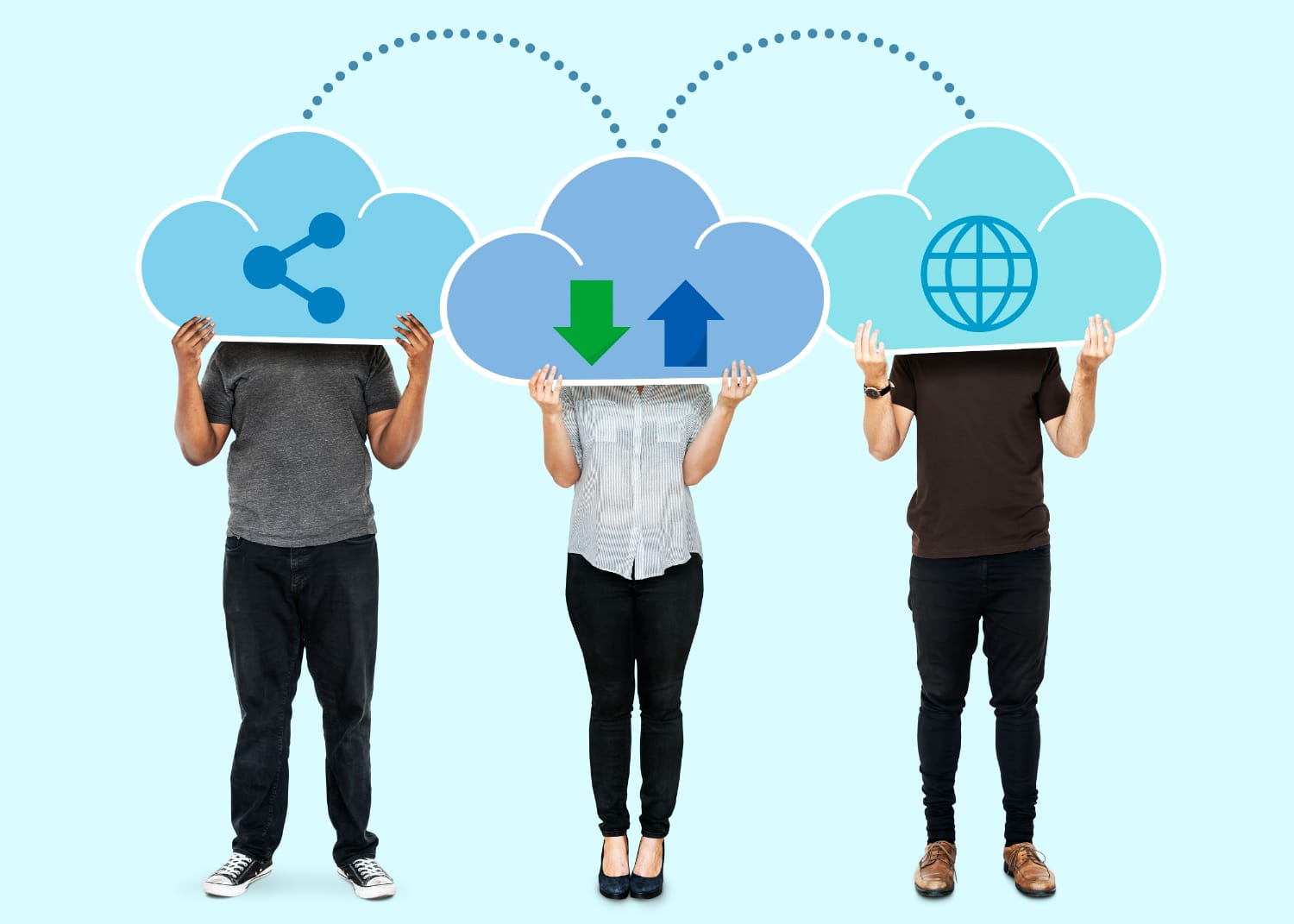CRM vs. CDP: 4 Differences That Impact Your Marketing Strategy

In today’s business environment, customer data has become a critical asset. With personalized, data-driven strategies taking the spotlight, terms like CRM and CDP are becoming more common in marketing conversations. Yet, distinguishing between these two systems isn’t always simple. The stakes are high, too—some brands have reported as much as a 6x boost in first-time and repeat purchases by using CRM marketing to its full potential.
So, what do CRM (Customer Relationship Management) and CDP (Customer Data Platform) actually do, and how should marketers decide where to focus?
In this article, we’ll unpack the core functions of both CRM and CDP platforms, examine their fundamental differences, and explore how each can support your marketing efforts. We’ll also dive into why CRM automation is quickly becoming an essential part of every marketer’s toolkit.
✅ CRMs rely on data from sales and marketing interactions, while CDPs automatically collect behavioral data from all channels to build unified customer profiles.
✅ CRMs are built to strengthen customer relationships, while CDPs specialize in consolidating customer data from diverse touchpoints into a single view.
✅ CRMs excel at encouraging repeat purchases and boosting customer lifetime value, whereas CDPs provide the insights needed to power personalized, consistent experiences across all channels.
What Is CDP?

A Customer Data Platform (CDP) is a tool that gathers, consolidates, and organizes customer data from various sources into one centralized system. In today’s multichannel world—where customers engage with brands via websites, apps, physical stores, emails, and more—CDPs play a critical role in merging these fragmented interactions into a unified customer profile.
What distinguishes a CDP is its ability to automatically capture both broad and detailed behavioral data. It pulls information from systems like site activity, app events, email engagement, and social media interactions, linking all of it back to individual users.
For instance, imagine Customer B first visits your website via a Facebook ad (as an anonymous user), and later signs up and completes a purchase. A CDP can connect these touchpoints and identify them as part of the same user journey. This process—called identity resolution—allows marketers to see the full picture of a customer’s behavior.
The real value of a CDP lies in the insights it provides. Unlike CRMs, which are designed to manage existing customer relationships, CDPs analyze behavioral data across the entire funnel—including anonymous and first-time users. This helps marketers answer key questions like:
- Which acquisition sources lead to the most conversions?
- What items are often abandoned in carts?
- Who is most responsive to a specific campaign?
For example, if a customer browsed a product multiple times without buying, that behavioral insight could trigger a personalized offer or follow-up message.
Ultimately, CDPs are built to turn complex data into actionable insights and highly personalized experiences. Marketers can use them to create precise audience segments and launch targeted campaigns, while product and strategy teams can identify trends or churn risks through deeper analytics.
In essence, a CDP allows brands to connect the dots across all customer activity—delivering a complete view of who their customers are and how they interact.
What Is CRM?

Customer Relationship Management (CRM) refers to software solutions that help businesses manage, nurture, and grow relationships with their customers. At its core, a CRM system organizes and tracks every customer interaction—from first contact to long-term engagement—with the goal of building loyalty over time. In the past, this was often done manually, with sales teams jotting notes or maintaining spreadsheets. Today, CRM platforms automate and streamline that entire process.
A CRM functions as the central repository for customer data, bringing together everything from purchase history and support tickets to feedback and marketing engagement. With all this information in one place, businesses can better understand each customer’s preferences and challenges, making it easier to deliver personalized offers and timely support. This centralized visibility is key to converting one-time buyers into repeat, loyal customers.
Historically, CRMs were mainly used by sales and customer service departments. Sales reps would use them to track prospects and deals, while support teams logged inquiries and follow-ups.
But the role of CRM has expanded significantly. Marketing teams now use CRM data to segment audiences and automate personalized communications across channels like email, SMS, and push notifications. For instance, loyal customers might receive exclusive product previews, while those at risk of churning could be sent a tailored incentive to re-engage.
What truly sets CRM apart is its ability to enable personalization of messages. From the customer's point of view, it’s meaningful when a brand remembers past purchases or resolves previous issues without missing a beat. For companies, that level of personalization translates into improved retention and stronger customer satisfaction. A great example: Coca-Cola saw a 20% increase in customer satisfaction and a 15% lift in revenue after adopting CRM technology—clear proof of the impact customer-focused engagement can have.
In the digital age, CRM systems have become indispensable tools for businesses that want to build deeper customer connections and drive long-term growth.
Looking for a CRM marketing platform for your business? Schedule a 1:1 consultation with one of our experts today by clicking the link!
Key Differences Between CDP and CRM

Although CRM and CDP systems both revolve around customer data, they’re designed for different purposes and stem from distinct operational needs. Here’s a closer look at how they compare across key areas:
Data Collection: Scope and Approach
CRMs are primarily used to capture explicit customer information—like names, contact details, transaction history, and service interactions. This data is often provided directly by the customer or entered manually by sales and support teams. It’s typically structured and collected through hands-on processes.
In contrast, CDPs automatically collect behavioral data at scale across multiple channels. This includes website behavior, app usage, offline purchases, and more. CDPs aggregate and unify this information in real time, giving businesses a much more comprehensive view of user behavior—both from known customers and anonymous visitors. In essence, CRMs manage historical data for existing customers, while CDPs track the entire customer journey from first touch to conversion.
Primary Users: Who’s Using What?
Traditionally, CRMs have been tools for frontline teams like sales and customer support. Salespeople rely on them to track leads and progress deals, while support teams use them to log issues and maintain service records.
Over time, marketing teams have also embraced CRM systems to segment audiences and deliver personalized campaigns via email, text, or push notifications. CDPs, however, are typically leveraged by marketers, data analysts, and IT teams. While marketers use CDP insights to shape targeting and creative strategy, IT and data teams oversee data collection and system integration.
To simplify:
- CRM = operational tool for direct customer interaction
- CDP = strategic resource for data-driven marketing
Purpose and Business Impact
The main goal of CRM is to enhance customer relationships—boosting loyalty and retention through personalized messaging and ongoing engagement. For example, a CRM can send a tailored birthday offer to a top-tier customer, increasing the chance of another purchase and reinforcing brand affinity.
CDPs are focused on unlocking insights from large sets of behavioral data. They help answer broader strategic questions like:
- Which audiences convert at the highest rates?
- What customer actions tend to indicate churn risk?
- Which products are often browsed but rarely bought?
These insights can influence everything from UX improvements and ad targeting to product development. Simply put, CRM is about nurturing one-to-one relationships, while CDP is about understanding trends across many users.
Activation and Execution
Another key difference is how each system enables action. CRMs usually include built-in tools for customer communication—allowing teams to send emails, SMS, or other messages directly within the platform. For example, a CRM might automatically detect inactive customers and trigger a discount email to re-engage them.
CDPs, on the other hand, focus on feeding enriched, segmented data into external systems. The audience segments generated within a CDP are typically pushed into other tools—such as advertising platforms, email marketing software, or personalization engines—for campaign execution. While CDPs provide powerful insights for unified, cross-channel marketing, they generally rely on integrations for activation.
Fortunately, many modern marketing platforms now offer native CDP integrations, making it easier than ever to close the loop between data and action.
CRM + CDP = A Perfect Match

CRM and CDP aren’t mutually exclusive—in fact, they work best together. Many enterprises leverage both systems to build a 360-degree view of their customers and turn insights into action.
Take, for example, an online fashion retailer using a CDP to collect data from its website, mobile app, and offline stores. The CDP might reveal that Customer A primarily shops through the mobile app and tends to buy athletic wear every six months. With that insight, the CRM can then be used to send personalized messages—such as early notifications about new arrivals in athletic wear or loyalty rewards tailored to their shopping habits.
This combination of CDP-driven insights and CRM-powered execution enables a seamless marketing workflow—from data collection and analysis to customer engagement and conversion.
That said, not every business needs both systems from day one. For small to mid-sized brands, starting with a CRM is often the more practical choice. CDPs require a significant investment of time, budget, and data volume to be truly effective—along with dedicated technical resources. In contrast, CRM systems are typically easier to implement and deliver faster ROI, especially when used for personalized outreach and marketing automation.
The key takeaway? The ultimate goal of customer data is action. No matter how sophisticated your dashboards or analytics are, if you’re not turning insights into personalized engagement, it won’t move the needle on revenue. That’s why CRM marketing automation remains a powerful and efficient tool—it helps businesses drive results with minimal effort by acting on the data they already have.
Final Thoughts
In summary, it’s no longer about who spends more on ads—it’s about who builds stronger customer relationships.
So, which matters more: CRM or CDP? The answer is both are important—but timing and strategy make all the difference.
For most brands, the most practical starting point is a CRM. It enables personalized marketing and helps deliver value to your existing customers quickly. As your business grows and your data matures, adding a CDP for deeper behavioral insights and advanced segmentation becomes a smart next step.
The good news? The line between CRM and CDP is starting to blur, thanks to modern, integrated solutions that bring the best of both worlds together.
FlareLane has combined CRM automation with lightweight behavioral data tracking. With just a single line of code, you can connect web and app behavior, segment customers based on actions, and launch personalized campaigns across channels—without the need for a standalone CDP. Better yet, customer response data feeds back into the system, creating a self-optimizing marketing loop.
Want to dive deeper into CRM marketing? Check out the article below.
👉 Read more: 5 Common Misconceptions About CRM Marketing
👉 Read more: 5 Proven Strategies to Boost Customer Engagement
👉 Read more: Why CRM Software Is Important for Small Businesses


